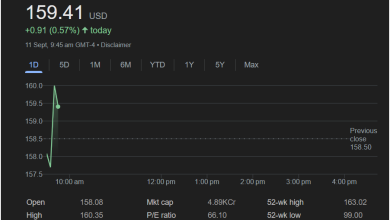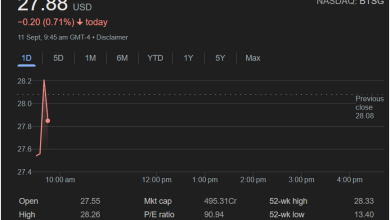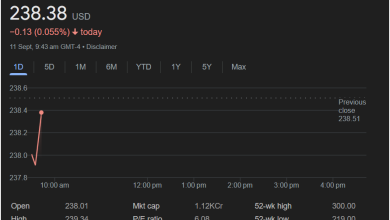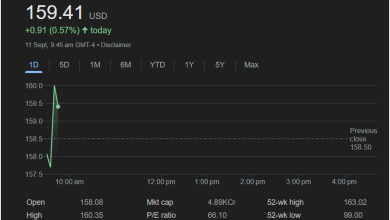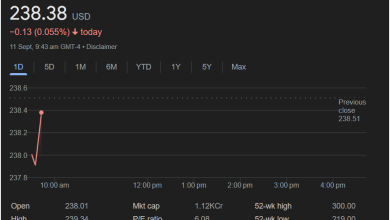Oracle Shares Slide Following Significant Daily Decline
Tech Giant Experiences Nearly 6% Drop Amidst Market Activity
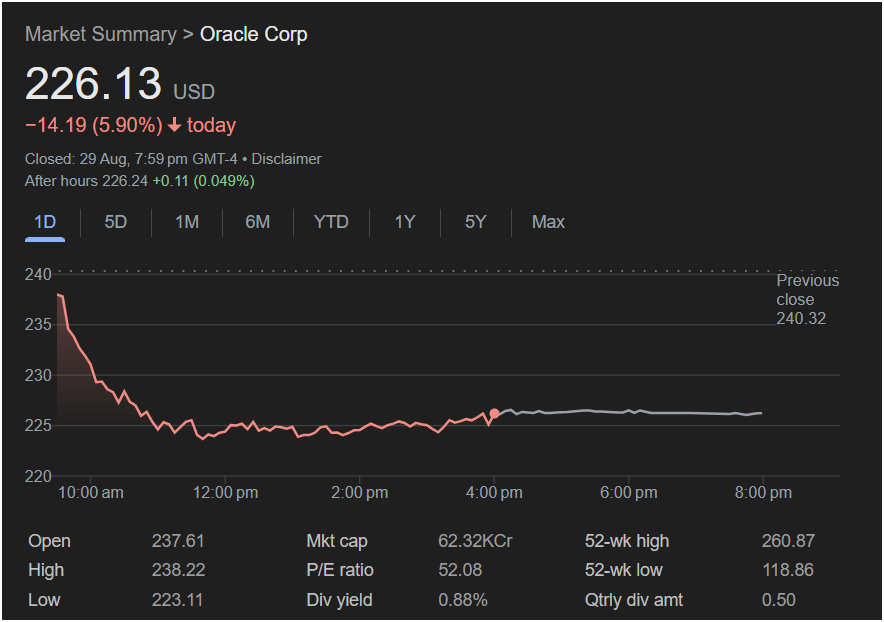
New York, August 31, 2025 – Oracle Corp. (NYSE: ORCL) concluded its trading day with a notable downturn, as its stock price fell to $226.13 USD. This represents a significant decline of $14.19, or 5.90%, by the close of market on Friday, August 29th, 2025, at 7:59 PM GMT-4.
The enterprise technology leader opened the session at $237.61, immediately facing selling pressure that continued throughout much of the day. Oracle shares reached a daily high of $238.22 early on, but quickly retreated, bottoming out at $223.11 before a slight recovery towards the close. The previous day’s close was $240.32, indicating that today’s trading amplified a negative trend. After-hours trading showed a minor uptick of $0.11 (0.049%) to $226.24, offering a glimmer of stability after the day’s sharp drop.
Oracle maintains an impressive market capitalization of 62.32 trillion Indian Rupees, reflecting its enduring presence and influence in the global software and cloud services industry. The company’s P/E ratio stands at 52.08, which suggests high growth expectations despite today’s setback. Oracle also provides a dividend yield of 0.88%, with a quarterly dividend amount of $0.50 per share, offering a return to its shareholders.
In a broader annual context, Oracle’s 52-week high is $260.87, while its 52-week low is $118.86. Today’s close of $226.13, while a significant drop, still places the stock well above its annual low, indicating substantial gains over the past year. The accompanying chart clearly illustrates the sharp downward trajectory experienced by Oracle’s stock throughout the trading day.
The substantial decline in Oracle’s share price could be influenced by various factors, including broader market trends affecting tech stocks, specific company news, or shifts in investor sentiment regarding the competitive cloud computing landscape. Despite today’s volatility, Oracle’s ongoing strategies in cloud infrastructure and enterprise applications remain critical for its long-term market position.
